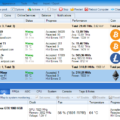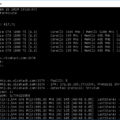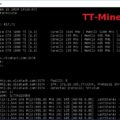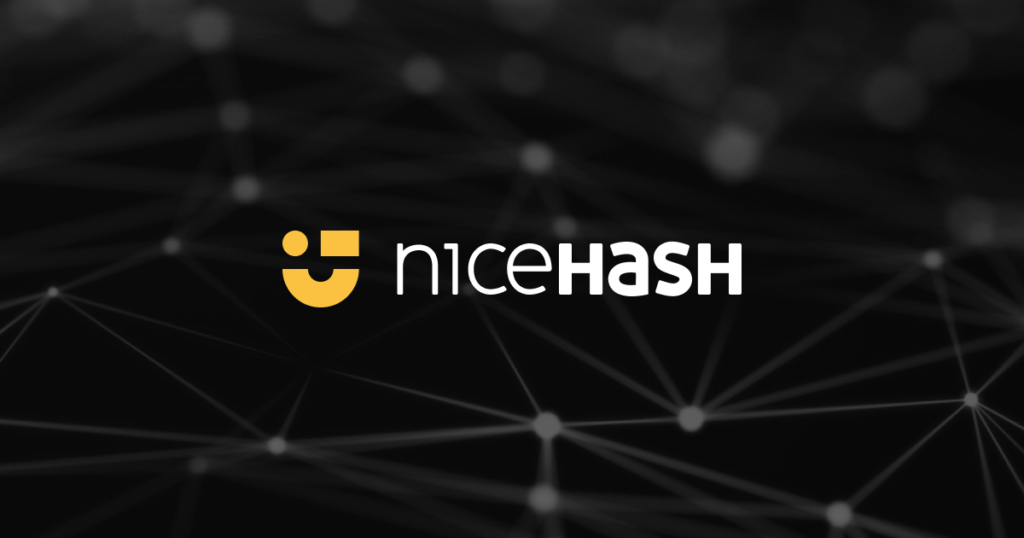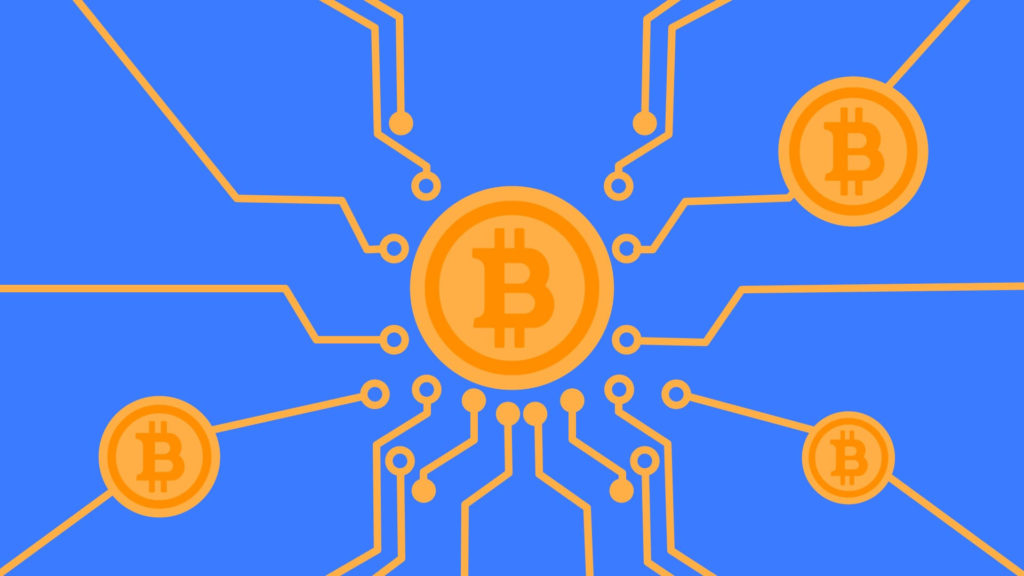
Libra developers have upgraded the project structure. In addition to the main cryptocurrency, he will release several stablecoins tied to fiat currencies.
Due to pressure from the US Securities and Exchange Commission (SEC) and other regulators, a number of technical changes will be made to the Libra system. Their brief description was given by co-founder and project manager David Marcus in a series of tweets.
According to the updated Libra White Paper, the cost of the base LBR cryptocurrency will be calculated on the basis of a whole basket of stablecoins with different shares for each. Initially, there will be five tokens: LibraUSD pegged to the US dollar, LibraEUR to the euro, LibraGBP to the British pound and LibraSGD to the Singapore dollar.
Each of the stablecoins will be provided with cash equivalent in the corresponding fiat currency, and government bonds of the Central Bank issuing these currencies will be included in the security. As cryptocurrencies of the Central Banks appear, they can be directly integrated into the Libra payment system, which will reduce credit and custodial risks.
The developers believe that this approach will relieve them of pressure regulators. Libra users will be able to pay in their countries with local stablecoins equivalent to national currencies, and therefore will not violate financial legislation.
The Libra financial model will operate using a special smart contract that will combine the fixed “face value” of these stablecoins according to their shares in the basket. Thus, the owner of the LBR will be able to “exchange” a coin for a certain amount in one or more stablecoins, depending on what fiat currency he needs. On the other hand, such a system will somewhat limit the flexibility of Libra, since removing or adding currency to the LBR basket will require the issue or liquidation of the corresponding digital asset and revaluation of the basket.
In a previous version of the White Paper, the Libra system was described as a managed network under the control of the Libra Association, and over the next five years the project planned to become decentralized. As for the advanced Libra model, at the initial stage the network will be available to regulated cryptocurrency companies.
For third-party wallets, limits on the storage of funds and transactions will be set. This is necessary to comply with the requirements of the Financial Action Task Force (FATF). In addition, Libra executives sent an application to the Swiss Financial Market Supervisory Authority (FINMA) for a license that would allow Libra to make payments and provide banking services.
